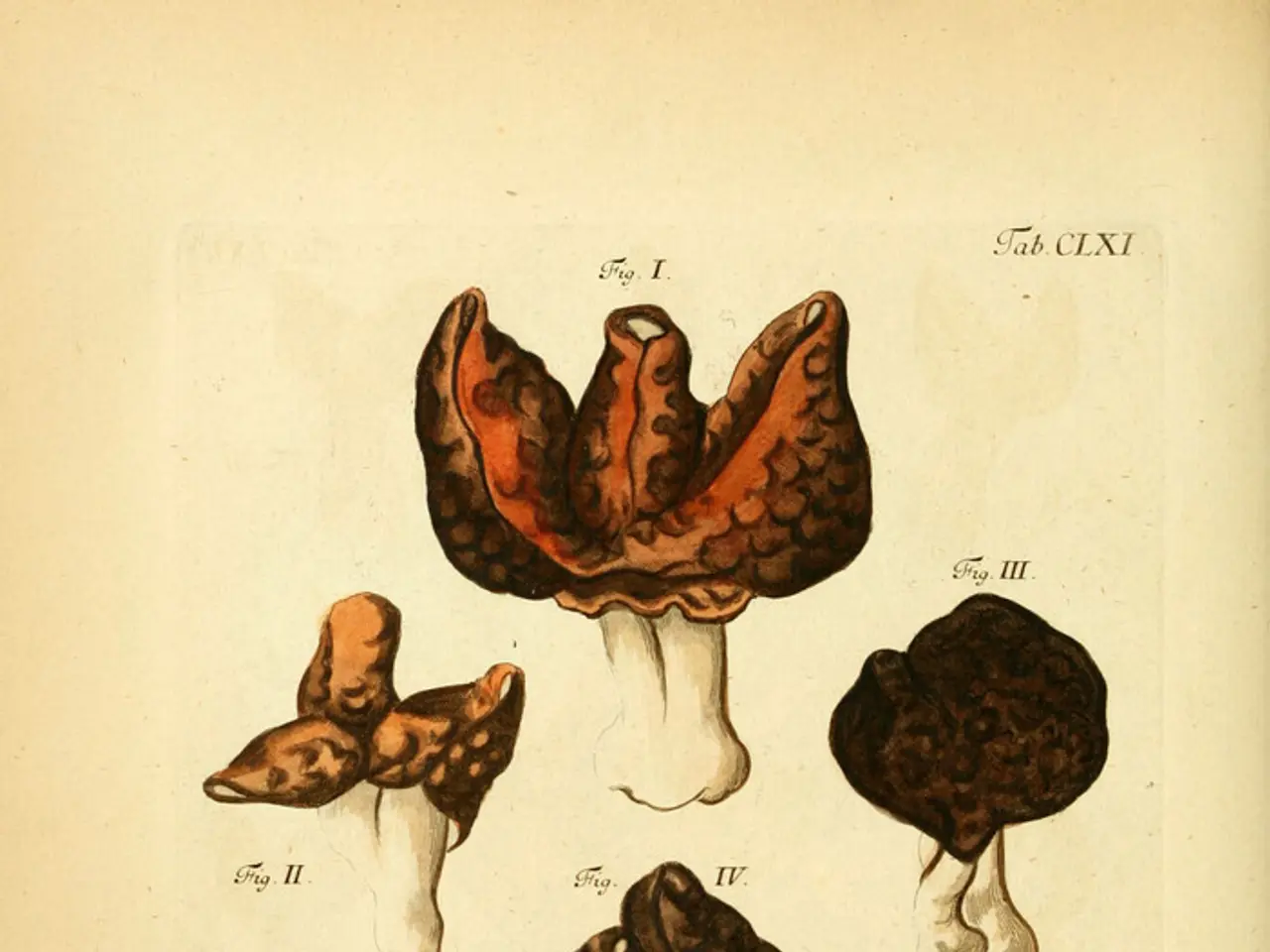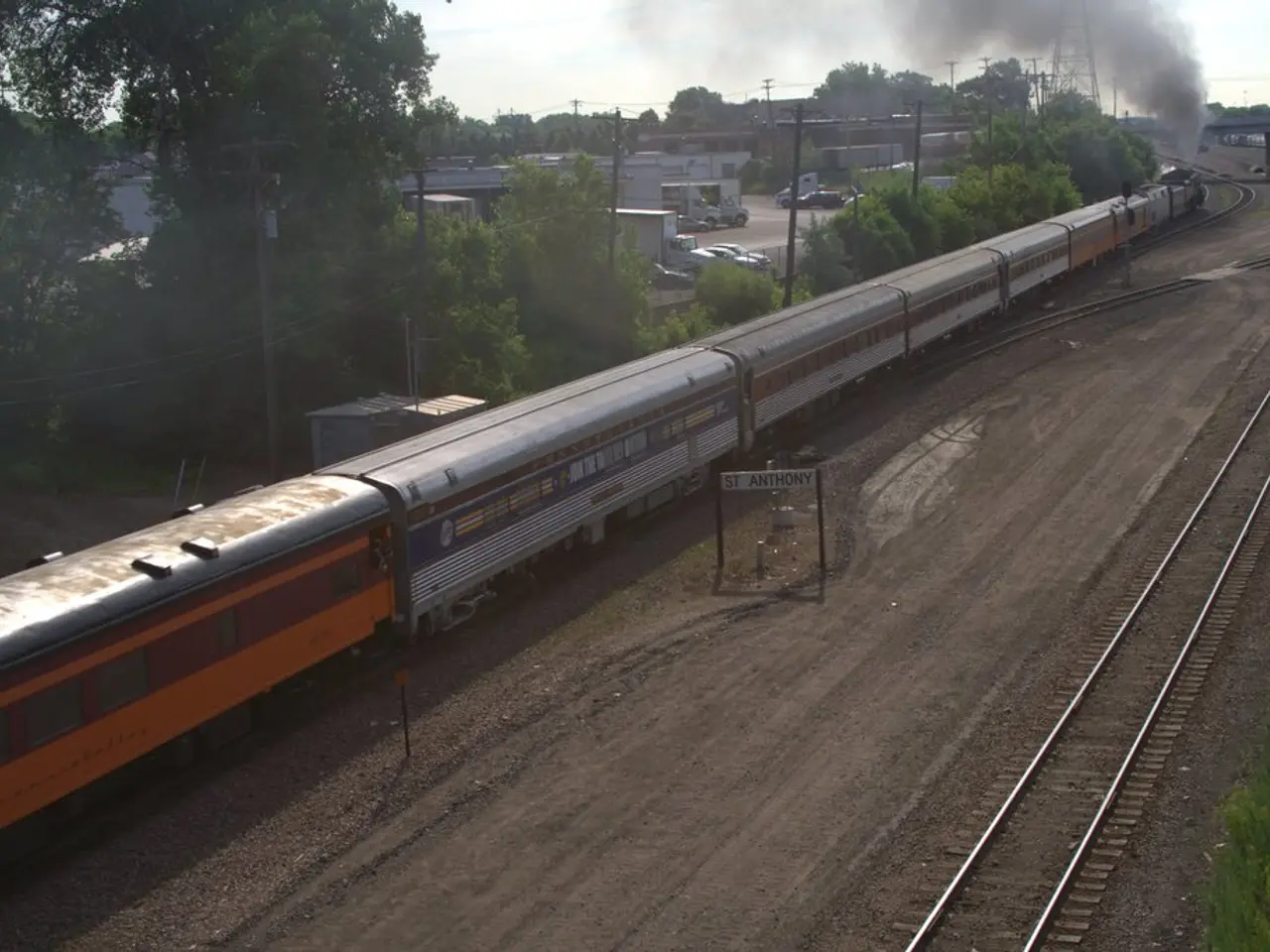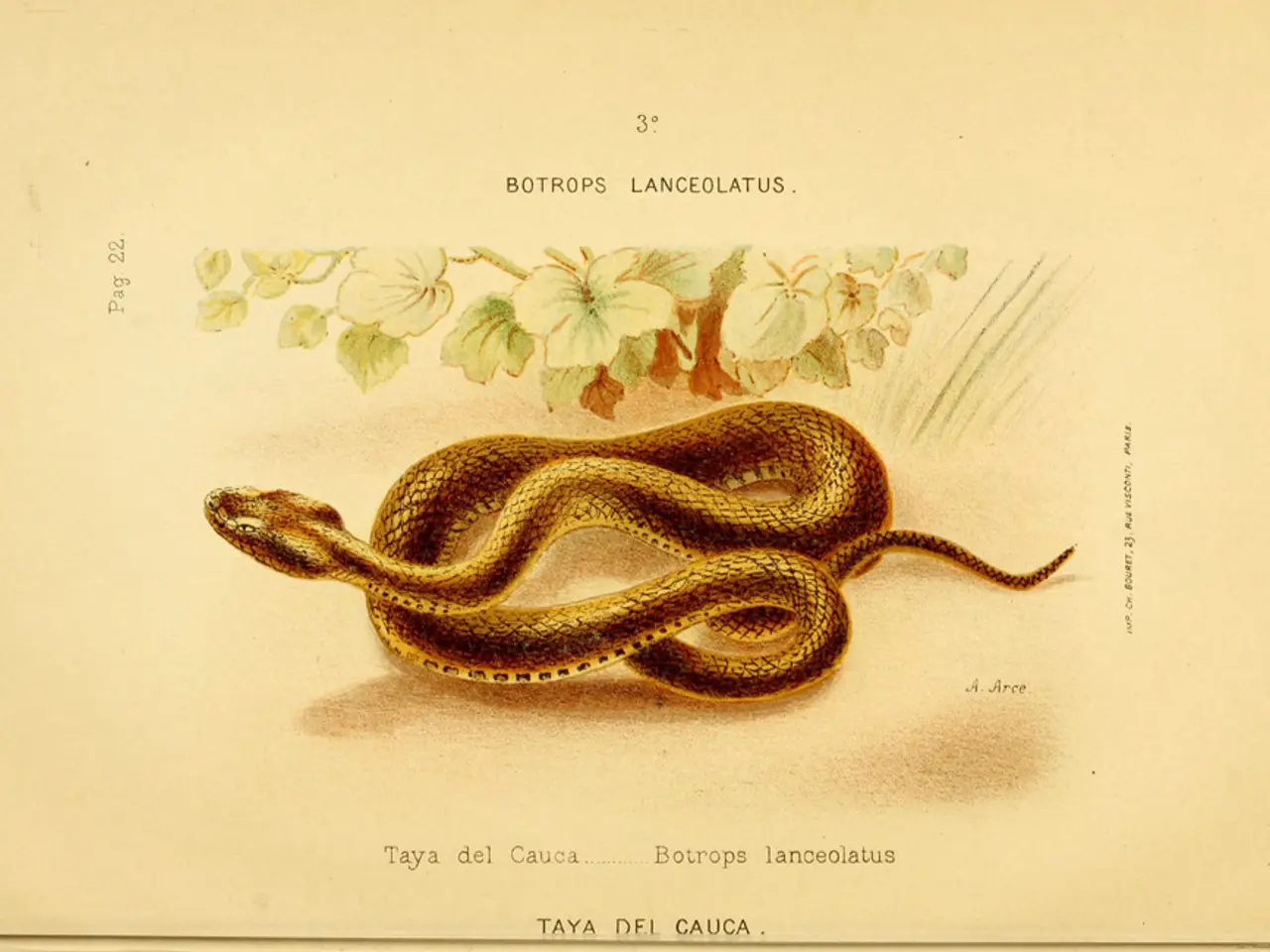Despite the recent downpour, why are the baskets still devoid of contents? An explanation as to why this is occurring.
In recent weeks, your friends may have been finding it difficult to locate chanterelles in the forests of Berlin and Brandenburg. Despite the current chanterelle season and the recent rainy weather, several factors could be contributing to this challenge.
- Local Depletion and Foraging Pressure
Chanterelles are popular and sought-after mushrooms, making accessible areas in Berlin and Brandenburg susceptible to heavy harvesting by other foragers. This could potentially reduce the visible yield.
- Microclimate and Soil Conditions
Chanterelles thrive in specific soil acidity, moisture, and forest types, usually mixed or coniferous forests with adequate leaf litter. Not all forest areas meet these requirements. Popular mushroom foraging spots like Grunewald, Tegeler Forst, or Düppeler Forst might be better choices for finding chanterelles.
- Timing and Seasonal Peak
While chanterelles are in season (typically around July-August in Berlin), their fruiting can fluctuate weekly depending on temperature, rainfall, and humidity levels.
- Visibility and Identification Skill
Spotting chanterelles can be challenging due to their camouflage on the forest floor. Beginners might overlook them or mistake them for other fungi. Guided mushroom hikes are recommended to increase success and safety.
Despite these challenges, it's important to note that Mr. Bivour, a mushroom enthusiast, explains that the chanterelles found in Berlin restaurants mainly come from Poland and other Eastern European countries, not from German forests.
On a positive note, summer porcini mushrooms have been thriving for the past two weeks. Last year was not bad for some mushroom species, especially porcini mushrooms, making it an exceptionally good porcini year. However, chanterelles grow slowly and are sensitive to drought in the early months, which may have affected their growth this year due to the dry spell until June.
The podcast host, a mushroom enthusiast, prefers to look for mushrooms in the Potsdam area. Commercial mushroom picking is prohibited in Germany, and selling mushrooms from local forests is illegal unless one has a special permit. After weekends, forests may be "plundered" by many mushroom pickers, and it's recommended to try again at least three days later.
Mushrooms can be found in most months, but the classic mushroom season is in September and October, with climate change causing an increase in the season in November. The further away from Berlin, the better for finding mushrooms in forest areas. It's also worth noting that the presence of many cars parked on forest paths suggests that mushroom seekers are likely to be around.
In summary, a combination of local depletion from foraging, specific habitat requirements, timing nuances, and identification challenges likely explains why your friends aren’t finding chanterelles despite favorable conditions. Considering guided hikes in well-known forest areas might improve their chances.
- The health-and-wellness lifestyle, especially food-and-drink enthusiasts, often include chanterelles in their recipes due to the science behind their nutritional benefits and unique taste.
- For those interested in expanding their health-and-wellness cooking repertoire, they might consider exploring alternative sources for chanterelles, such as imported ones from Poland or other Eastern European countries.
- As an alternative to the elusive chanterelles, health-and-wellness and cooking aficionados can consider trying summer porcini mushrooms, which have been thriving in certain forest areas and are known for their nutritional properties and versatility in cooking.




